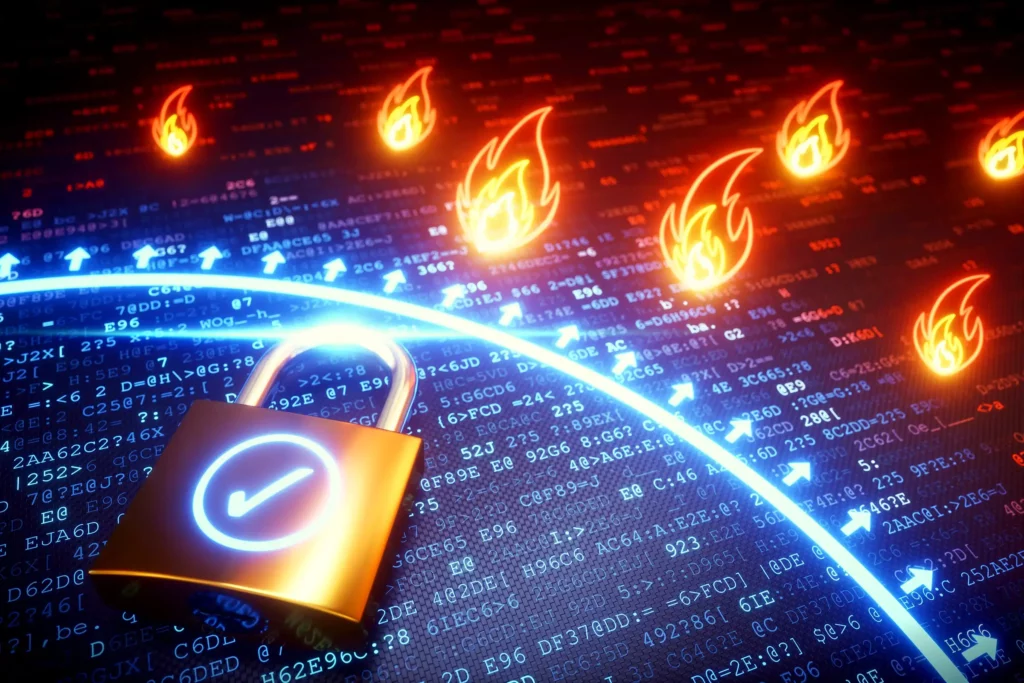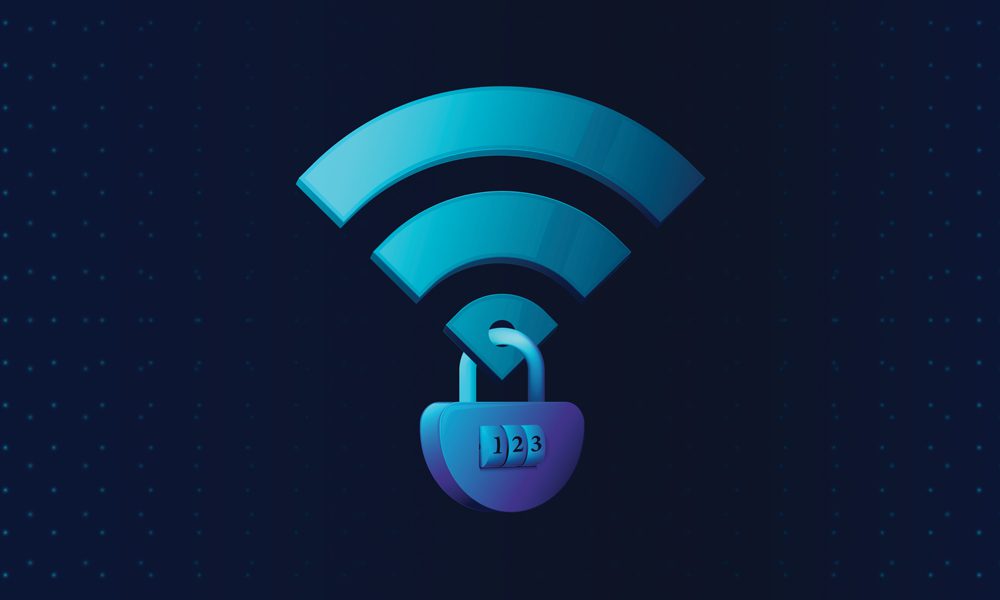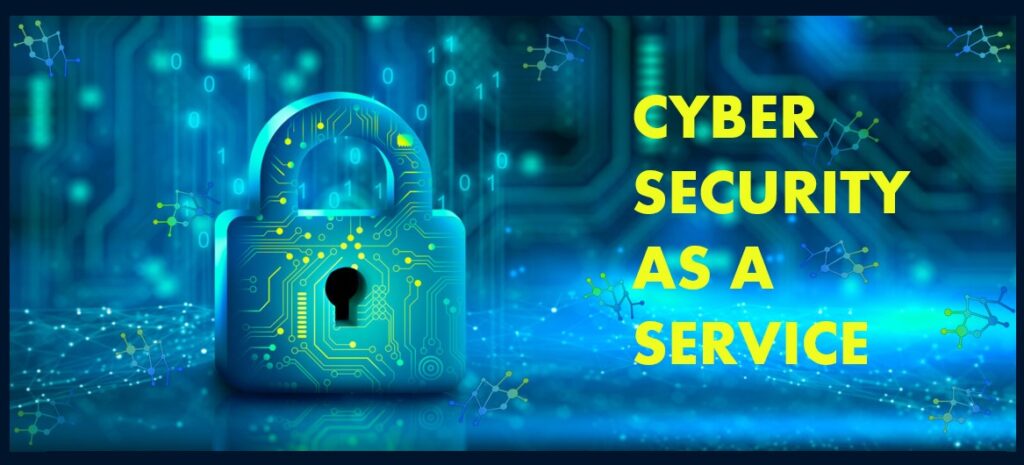Maximizing Cyber Security on a Limited Budget
July 30, 2024

In today’s digital landscape, cybersecurity is no longer optional—it’s a necessity. For organizations with limited budgets, investing wisely in cybersecurity measures can mean the difference between protecting sensitive data and falling victim to costly cyberattacks. This blog will guide you through the essential areas where small organizations should focus their cybersecurity spending to achieve maximum protection with minimal financial outlay.
Prioritize Risk Assessment
Before making any investments, conduct a thorough risk assessment to identify your organization’s most critical assets and vulnerabilities. Understanding your risk profile will help prioritize spending on areas that will have the most significant impact on your security posture.
Invest in Employee Training and Awareness
Human error is one of the leading causes of security breaches. Investing in comprehensive training programs can significantly reduce the risk of phishing attacks, social engineering, and other common threats. Focus on the following areas:
- Regular Training Sessions: Conduct regular cybersecurity awareness sessions to keep employees informed about the latest threats and best practices.
- Phishing Simulations: Implement phishing simulation exercises to train employees on recognizing and responding to phishing attempts.
- Password Management: Educate employees on creating strong passwords and the importance of using password managers.

Leverage Free and Open-Source Tools
There are numerous free and open-source tools available that can provide robust cybersecurity defenses without the hefty price tag. Some of the key tools to consider include:
- Antivirus and Anti-Malware Software: Tools like ClamAV and Malwarebytes offer free versions that provide essential protection against viruses and malware.
- Firewall Solutions: pfSense is a popular open-source firewall solution that can help protect your network from unauthorized access.
- Encryption Tools: GnuPG (GPG) is a free encryption software that ensures sensitive data is protected during storage and transmission.
Focus on Endpoint Security
Endpoints, such as laptops, desktops, and mobile devices, are common targets for cyberattacks. Ensuring these devices are secure is crucial:
- Patch Management: Regularly update and patch all software and operating systems to protect against known vulnerabilities.
- Endpoint Protection: Use endpoint protection solutions that offer antivirus, anti-malware, and intrusion detection capabilities. Free options like Sophos Home and Bitdefender Free Edition can provide a good starting point.
- Mobile Device Management (MDM): Implement MDM solutions to manage and secure mobile devices, ensuring that only authorized devices can access corporate data.
Strengthen Network Security
Securing your organization’s network is essential to prevent unauthorized access and data breaches:
- Secure Wi-Fi: Ensure your Wi-Fi network is secured with strong encryption (WPA3) and change default passwords on all network devices.
- Network Segmentation: Divide your network into segments to limit the spread of malware and reduce the impact of a breach.
- Virtual Private Network (VPN): Use VPNs to secure remote access to your network. OpenVPN is a reliable open-source option that can be implemented at low cost.

Implement Multi-Factor Authentication (MFA)
MFA adds an additional layer of security by requiring users to provide two or more verification factors to gain access to systems and data. Many MFA solutions, such as Google Authenticator and Microsoft Authenticator, are free and easy to implement.
Regularly Backup Data
Regular data backups are essential to recover from ransomware attacks and other data loss incidents:
- Automated Backups: Set up automated backups to ensure data is regularly and securely backed up.
- Offsite Storage: Store backups in an offsite location or in the cloud to protect against physical disasters.
- Backup Testing: Regularly test backups to ensure data can be restored quickly and accurately.
Monitor and Respond to Threats
Continuous monitoring and rapid response to threats are crucial for maintaining a secure environment:
- Security Information and Event Management (SIEM): Use SIEM tools to collect, analyze, and respond to security events. Open-source options like Graylog and Wazuh offer powerful monitoring capabilities.
- Intrusion Detection Systems (IDS): Implement IDS solutions like Snort or Suricata to detect and respond to suspicious activity on your network.
- Incident Response Plan: Develop and regularly update an incident response plan to ensure your organization can quickly and effectively respond to security incidents.
Even with a limited budget, organizations can achieve a robust cybersecurity posture by making strategic investments in key areas. Prioritizing risk assessment, employee training, and leveraging free and open-source tools can provide substantial protection against cyber threats. By focusing on these essential areas, small organizations can maximize their cybersecurity efforts and safeguard their critical assets without breaking the bank. Remember, cybersecurity is an ongoing process, and regular reviews and updates to your security measures are vital to stay ahead of evolving threats.
Have Any Question?
Call or email Cocha. We can help with your cybersecurity needs!
- (281) 607-0616
- info@cochatechnology.com




